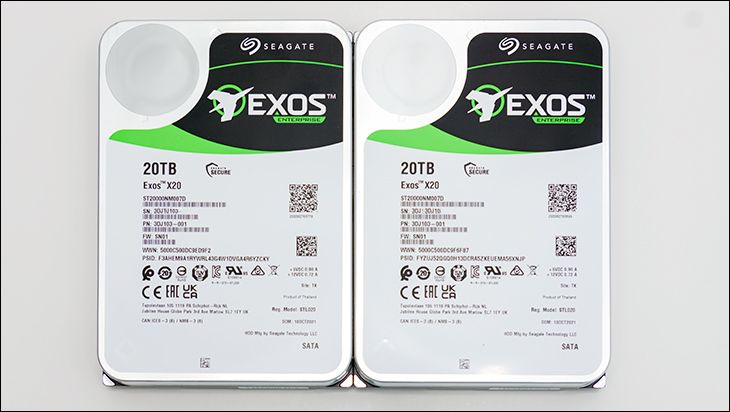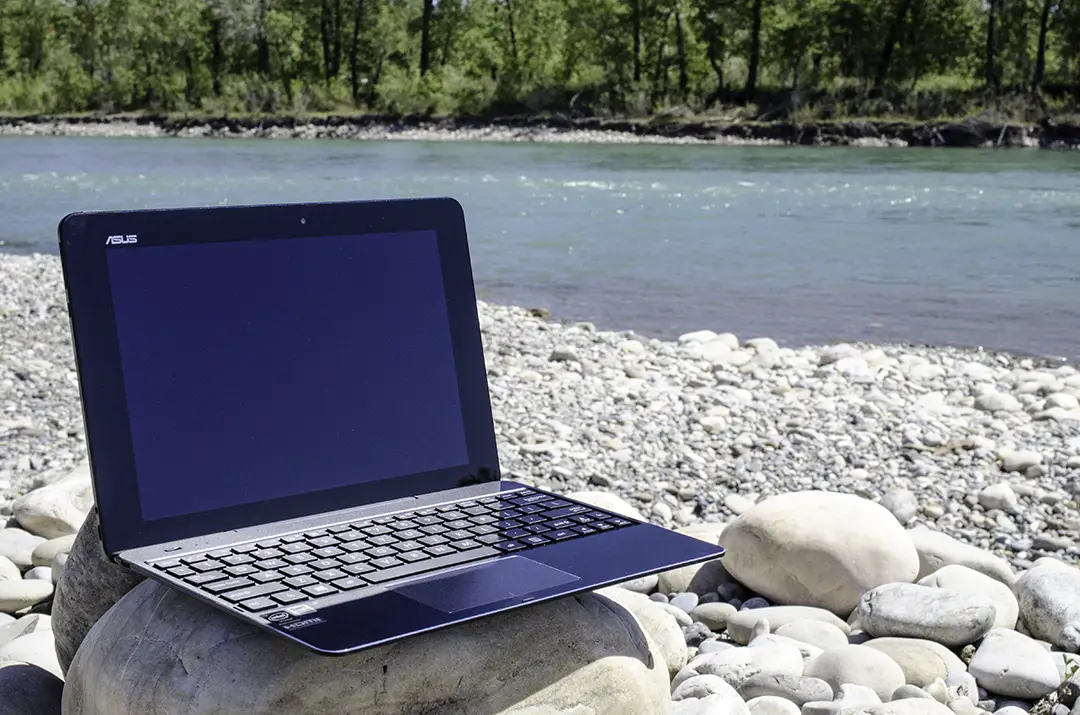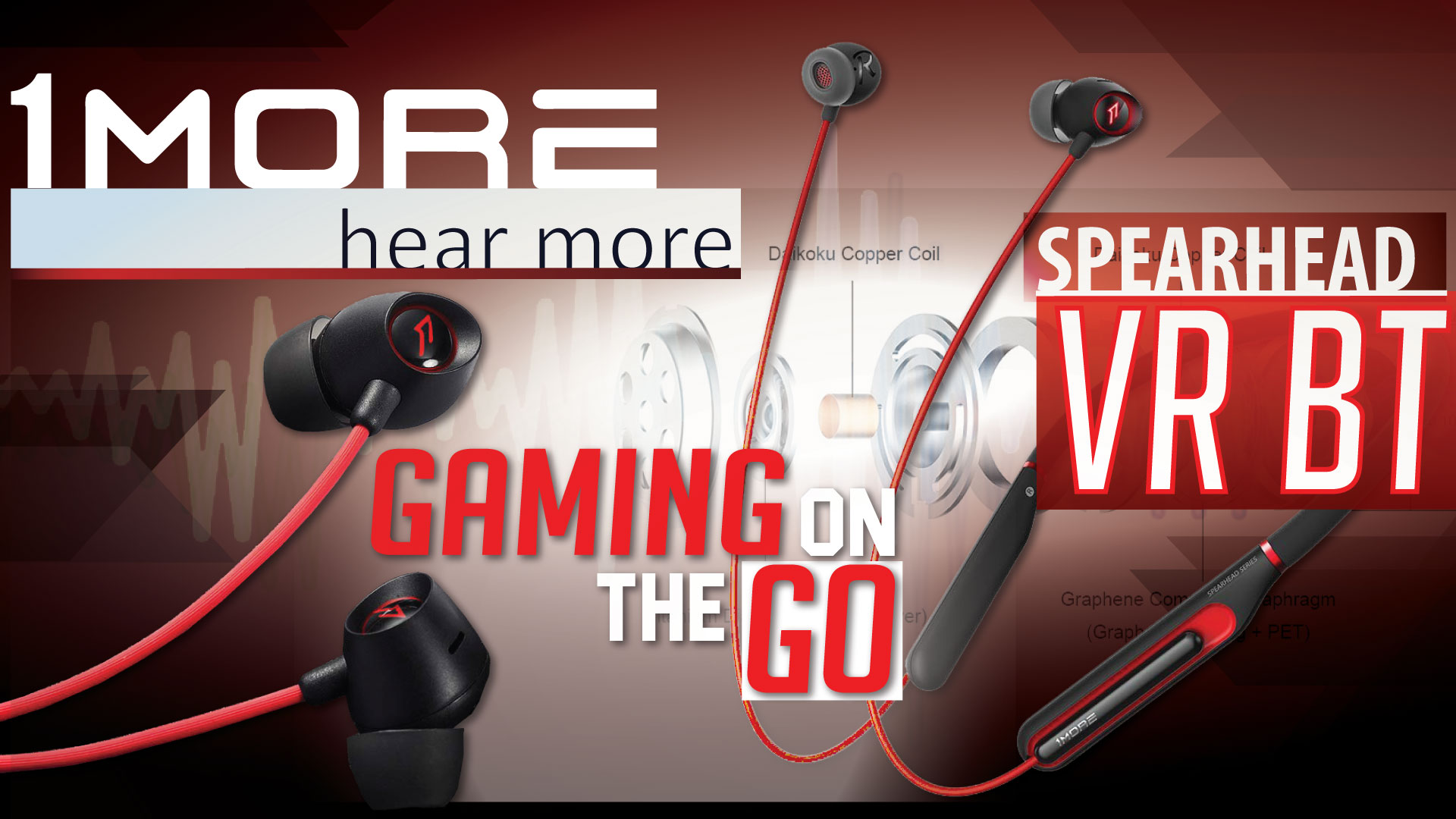Final Score: 94%
With the Seagate Exos X20 buyers of all stripes and backgrounds will know precisely what they are getting when they opt to purchase this model over the competition’s 20TB offerings. They are getting an ‘old school’ CMR/PMR+ drive that is as blazingly fast as it is gobsmackingly large. They are also getting a known quantity. One that they (should) instinctively know how it will react in all scenarios… and can trust it to not randomly throw a wobbly at them. They ‘sadly’ will just not be able to brag to their friends on the back 9 about how they are running cutting edge technology in their latest data center’s storage racks. All of that is pretty much the definition of what Enterprise buyers look for when thinking about buying a cargo container load’s worth of drives for a data center.
The fact of the matter is Enterprise buyers are conservative by nature. We typically disdain ‘cutting edge’ if it is unproven technology. So much so that ‘unproven’ is a four-letter word to us. CMR/PMR on the other hand is a known quantity with known traits. Cutting edge HAMR/EAMR is not. H/EAMR is complicated. It requires more working components. Components that may end up being the weak link in the durability department. Only time will tell on that front. In the meantime, by skipping HAMR (time) for another generation Seagate is not only letting the competition sell the idea of HAMR to buyers, they are able to offer a higher performance option right now than the competition. One that does not need twice the cache capacity or fragile NAND to be peppy.
Yes, on paper, a 5 to 6 percent performance increase does not sound like much of a difference. However, in the real world the ability to offer a less costly option that also can move about ~1.4TB more data per day per drive and boost IOPS higher than ever before is as close to no-brainer territory as you are going to find. Even the seemingly higher paper specifications of 9.6 vs 7 watts of energy consumed works in Seagate favor… as that comparison is a load of bollocks that is going to taint may an experienced buyer’s opinion of the competition. HAMR and EAMR require more energy to work than CMR. Not less. The fact that Western Digital thinks that Enterprise buyers are not smart enough to spot the asterix of queue depth of one with 50-50 r/w to get the lower wattage specs is… well… insulting.
Seagate on the other hand is upfront with their numbers. They are not hiding the fact that each drive is going to eat upwards of 9.6 watts of power when pushed hard… just like nearly every enterprise grade SATA 7200rpm drive made to date. Instead, they are letting you know that the X20 offer the usual cost savings over the previous generation (.48 vs .52 watts per TB) but are not trying to claim a laughably low 0.35 watts per TB rating. They are letting the numbers speak for themselves… as that is all that is needed to sell this upgraded model to their intended consumer. No tricks. No asetirix. Just data you can rely upon to help make your final decision. That is refreshing and we sincerely hope that Western Digital follow Seagate’s lead.
In summary. When you mix improved performance with known-good traits, then dollop in a healthy dose of value, the end result is almost assuredly going to be a veritable siren song for Enterprise buyers. We expect this model to sell as well or even better than the X18 when it was the top dog model. By the same token, most of what makes the X20 so perfect for Enterprise buyers will not translate all that well to the consumer market. Thus, if you are a ‘home user’ or even a SOHO buyer you may want to hold off until we show what the NAS X20… err the IronWolf Pro 20TB can do before pulling the trigger on any 20TB drive model. Stay tuned as we work to get that review ready ASAP for your reading pleasure.
Hardcore and DGV
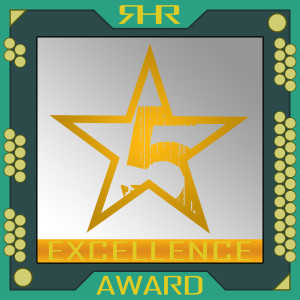
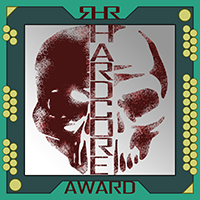
The Review
Seagate Exos X20
In summary. When you mix improved performance with known-good traits, then dollop in a healthy dose of value, the end result is almost assuredly going to be a veritable siren song for Enterprise buyers. We expect this model to sell as well or even better than the X18 when it was the top dog model. By the same token, most of what makes the X20 so perfect for Enterprise buyers will not translate all that well to the consumer market. Thus, if you are a ‘home user’ or even a SOHO buyer you may want to hold off until we show what the NAS X20… err the IronWolf Pro 20TB can do before pulling the trigger on any 20TB drive model.
